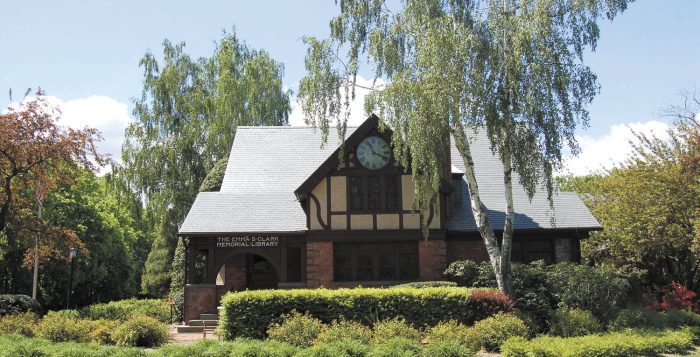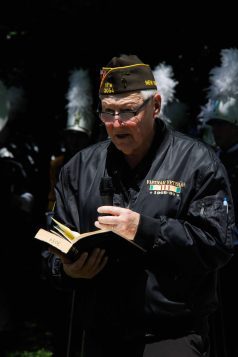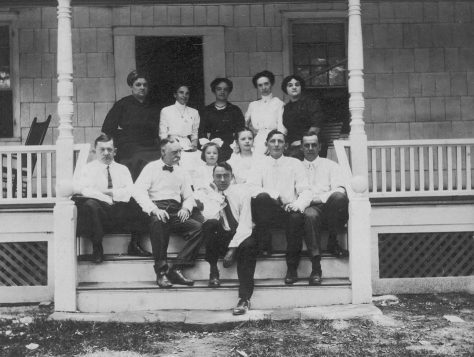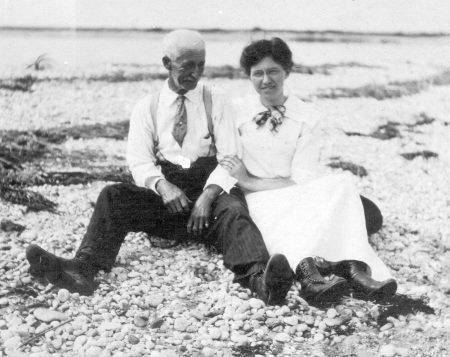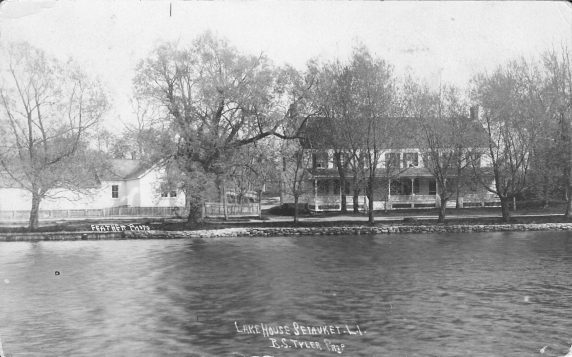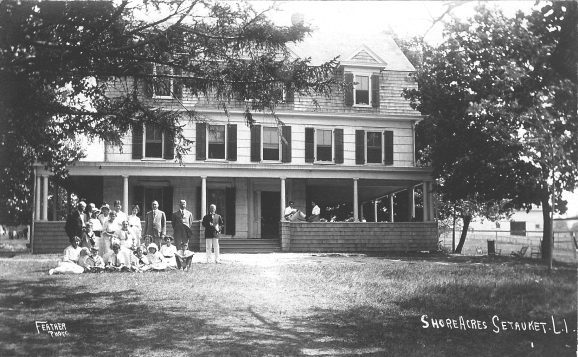By Sabrina Artusa
The Emma Clark library in Setauket closed on May 1 to pursue remedial work after staff discovered a mold outbreak on the HVAC system.
Identified by its damp, musty smell, the cladosporium led to the library’s closure. The mold could affect the respiratory system, leading to itchy eyes, coughing or sneezing; although, the risks are higher for those with pre-existing conditions like asthma. It is known as a household mold as it is prevalent in bathrooms and basements–anywhere damp with little ventilation.
Now, after transferring services and programs to other locations, the building is again open to the public in its entirety.
The library hired Lux Restoration Services LLC to address the issue. They replaced materials infected by the mold, including flex ducts, vents, insulation and ceiling tiles. Some furniture needed to be cleaned.
During the hiatus, the library had to creatively adapt some programs and services. “The staff did an amazing job in pivoting so that we were still able to offer services and programs during this time,” said Library Director Ted Gutmann, “including running circulation services out of our historic room in the Library and children’s programs being held in the library’s main community room.”
Since the mold primarily impacted the children’s room, the library was able to open with limited services on May 19.
There was no permanent damage to the building. Currently, library staff are “working with the insurance company to determine the potential cause of the issue,” according to Gutmann. They have instituted testing procedures to prevent future growths, including duct cleaning and inspections.
“We’re thrilled to have everything back to normal in our beloved building,” Gutmann said.

